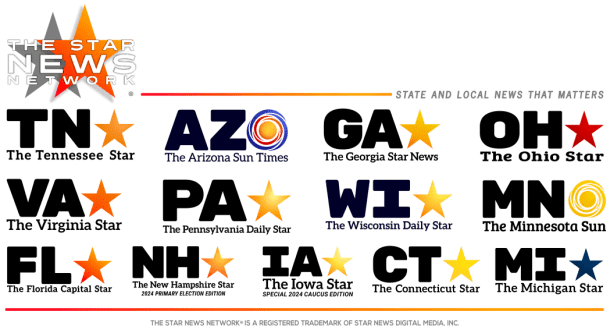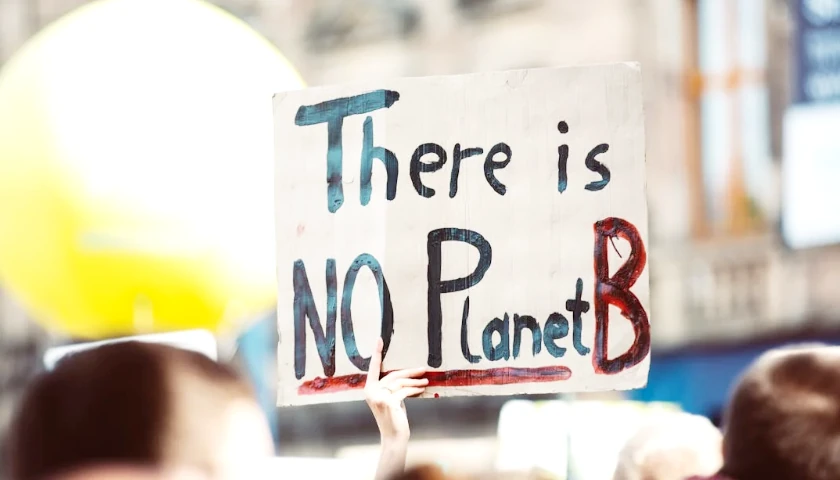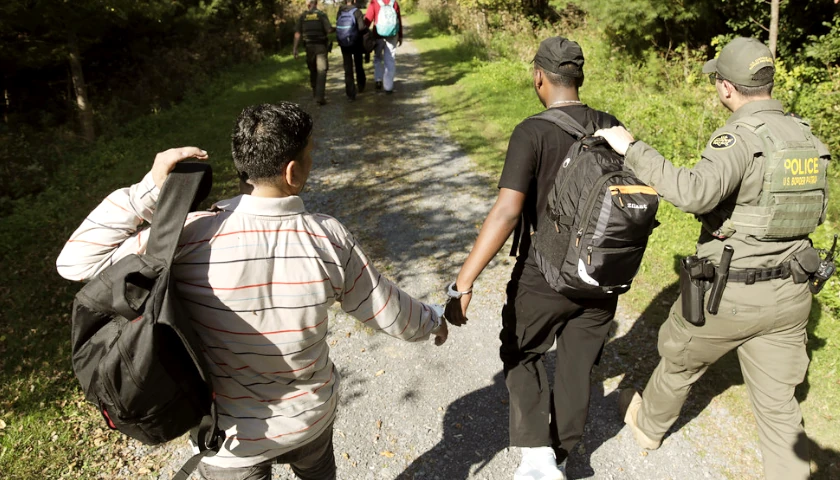by Katelynn Richardson
The National Science Foundation (NSF) provided a $750,000 grant to Temple University researchers for developing a product that tracks local journalism cycles, which is part of their new “Trust & Authenticity in Communication Systems” initiative.
The “America’s Fourth Estate at Risk: A System for Mapping the (Local) Journalism Life Cycle to Rebuild the Nation’s News Trust” project aims to create a data-based tool that informs journalists when publishing content might result in “negative unintended outcomes” like “the triggering of uncivil, polarizing discourse, audience misinterpretation, the production of misinformation, and the perpetuation of false narratives.”
The researchers hope to help journalists measure the long-term communication impact of stories, extending beyond existing metrics such as initial reactions, likes, and shares.
In an interview with Campus Reform, grant principal investigator and Temple University professor Eduard Dragut said the team will “use natural language processing algorithms along with social networking tools to mine the communities where [misinformation] may happen.”
“You can imagine that each news article is usually, or actually almost all the time, accompanied by user comments and reactions on Twitter. One goal of the project is to retrieve those and then use natural language processing tools or algorithms to mine and recommend to some users [that] this space of talking, this set of tweets, which may lead to a set of people, like a sub-community, where this article is used for wrong reasons,” he said.
The project is “a collaborative effort,” including researchers from Temple University, University of Illinois Chicago, and Boston University, with others expected to join as it develops.
“We want journalists to be part of the process, not just the mere users of the product itself,” Dragut said. “So you can imagine sort of an analytics tool that informs the journalists and editors and other people involved in this business how their products or how their creative act is used or misused in social media.”
Another component of the project involves creating partnerships with other organizations in academia, the government, the nonprofit sector, and the journalism industry.
Dragut says the team is trying to “create a collaborative environment with both social media platform[s] and other organizations like Google” to share expertise.
“We have some preliminary conversation with Bloomberg, for instance, and we will have to define exactly how they are going to help us. Google has an initiative to help local news, and we are working to create a relationship with them, and there are others,” Dragut told Campus Reform. “This product will not work unless we are successful in bringing some of these high tech companies into the game.”
According to Dragut, a coach from the NSF will help evaluate whether or not they need additional personnel on the team.
When asked what areas of misinformation the project would focus on, professor Lance Holbert, who is also involved with the team, emphasized that their efforts are focused on local media.
“Certainly some topics over time will become more versus less interesting, but also we’re focused here initially on local media as well, so each locality may have different topics or particular points of interest that come up in the news,” he said. “We’re trying to keep this generalizable across topics.”
While people “usually have a preconceived picture of the misinformation happening in the political spectrum,” Dragut noted that misinformation happens in other areas as well.
“[It’s happening] in sports, it’s happening in economics,” he said. “Like a few years back, I know, an example from Starbucks where there was a sort of a campaign on Twitter [saying] that Starbucks is targeting, in the wrong way, African Americans, which was wrong.”
Out of the ten teams chosen for the “Trust & Authenticity in Communications” research area, three or four of the most successful teams will move on to phase two, which means the NSF will provide more funding and resources to further the project.
Campus Reform reached out to the NSF but did not hear back in time for publication.
– – –
Katelynn Richardson is a Senior Nevada Campus Correspondent with Campus Reform. She is a junior at the University of Nevada, Las Vegas majoring in English with a concentration in creative writing. She works part-time as a copywriter and enjoys blogging about everything from books to culture and theology.
Photo “Temple University” by Temple University.





